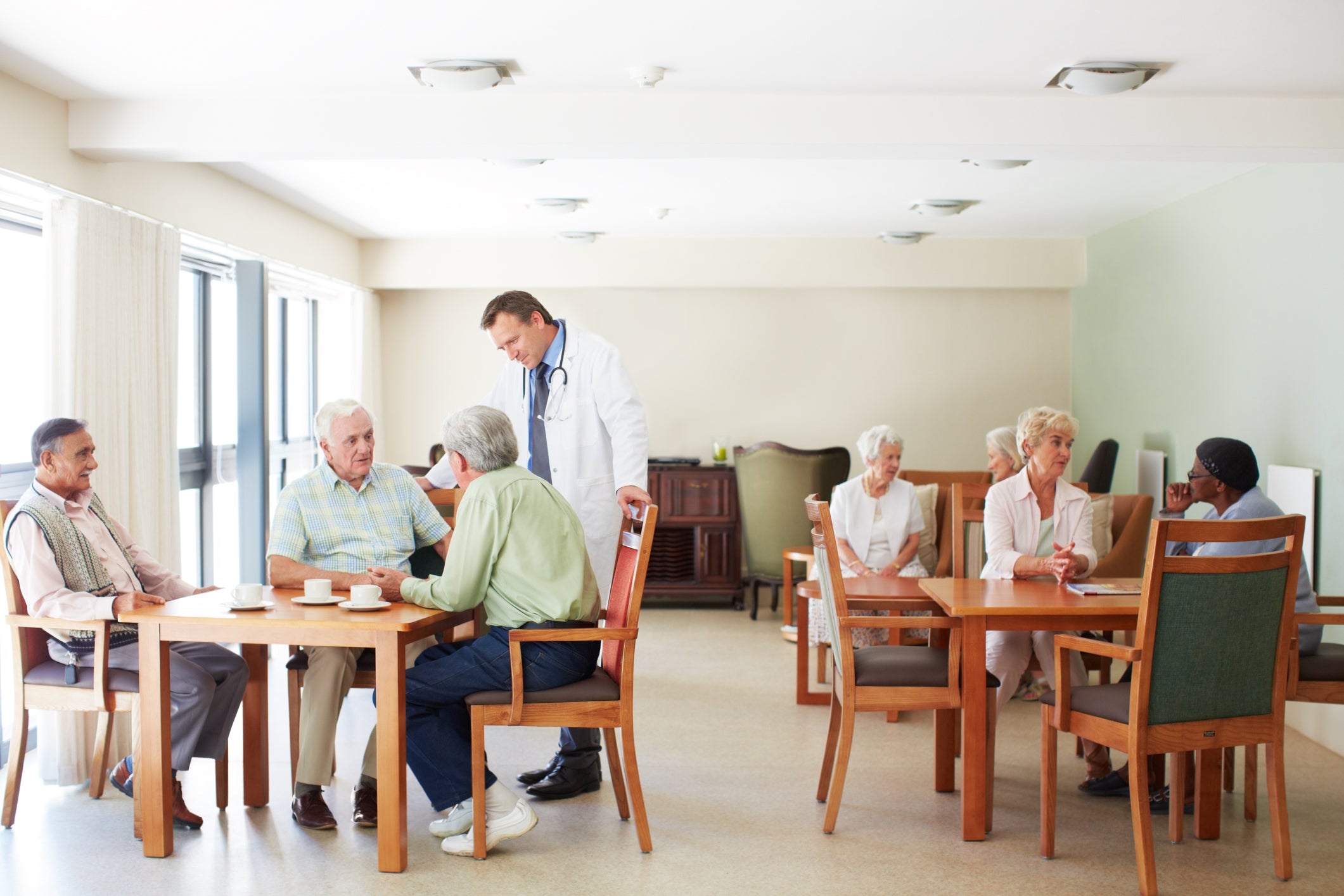Effects of disaster occurrence
table of contents
Introduction What can happen when a disaster strikes
Introduction
Disasters occur in unpredictable situations, so preparation and correct knowledge are necessary to increase the survival rate. This article details practical ways to improve survival in the event of a disaster.
What can happen when disaster strikes
In the event of a disaster, the following events and situations may occur: However, the situation differs depending on the type and scale of the disaster.
tumultuous situation
When a disaster occurs, the surroundings can become chaotic and noisy. It is expected that people will be surprised, frightened, and panicked. As a result, evacuation may be delayed or people may not notice dangers such as falling objects. Therefore, it is important to calm down first.
Presence of injured or victims
Depending on the scale of the disaster, there may be injured or victims. Collapse of buildings and damage to goods will increase the number of casualties and damage, so evacuation will be necessary.
Evacuation Orders and Evacuation Actions
Evacuation orders may be issued in the event of a disaster. In the event of an earthquake or flood, you may be required to evacuate to a safe place such as a nearby school, high ground, or a place with stable ground. If the weather forecast is for a major disaster, be prepared and ready to evacuate at any time. In unpredictable disasters such as earthquakes, make an accurate decision whether to evacuate from local broadcasts or emergency alerts on your smartphone.
Disruption of power or communication
Disasters can affect power and communication infrastructure, causing power outages and communication disruptions. Collapsed utility poles and damaged base stations may limit the use of electricity, the Internet, mobile phones, etc. They have a big impact on us.
Short supply of food, water and medical care
In the event of a disaster, the supply of food, drinking water, medical supplies, etc. may not be possible due to the amount of debris and damage. You will need emergency food supplies and volunteer support.
Transmission of disaster information
In the event of a disaster, it is important to transmit accurate information. Local governments and related organizations provide disaster information and evacuation information to ensure the safety of victims and surrounding areas.
Initiatives for Restoration and Reconstruction
After a disaster, recovery and reconstruction efforts are carried out. This includes the formulation of recovery plans for the affected areas, the repair of infrastructure, and the reconstruction of housing.
important point
In the event of a disaster, the following events and situations may occur:
The specific situation may differ depending on the type and scale of the disaster, but be aware of these things.
tumultuous situation
confusion and panic
During a disaster, people may feel anxiety and fear, and may fall into a state of confusion and panic. Lack of information and the spread of misinformation can make it difficult for people to act calmly.
imbalance between supply and demand
Demand for goods and services surges during a disaster, but supply may not keep up. This could lead to shortages, high prices, and disruption of services, preventing people from receiving the assistance they need.
Presence of injured or victims
Imbalance between demand and supply of medical resources
When a disaster causes many casualties, there can be shortages of operating rooms, doctors, nurses, medicines, etc., and a surge in demand can occur. And they may not be able to provide adequate medical care.
Hindering rescue and evacuation
Among the victims, there are those who have physical limitations and those who find it difficult to evacuate. For example, the elderly, the disabled, and the sick. If there are factors that prevent their rescue or evacuation, their improved survival may be affected.
Risk of disease spread
Sanitary conditions in the affected areas deteriorated, increasing the risk of infectious diseases. Infectious diseases can spread when people gather in shelters and temporary housing. Currently, the coronavirus is prevalent, so we have to take measures against the virus at the evacuation center.
psychological impact
Injured people and victims may suffer not only physical damage, but also psychological burden. It is also important to take care of that part because there is a possibility that you will have a mental illness due to the trauma and stress caused by the disaster.
Impact on rescue efforts
Depending on the severity of the damage to the victims and injured persons, the order of priority for rescue operations may be affected. Relief efforts may require priority response to urgent cases, which may delay assistance to other affected and injured people.
Evacuation Orders and Evacuation Actions
Issuance of evacuation orders
When a disaster occurs, local governments and related organizations may issue evacuation orders based on appropriate information and judgment criteria. This encourages people to evacuate dangerous areas to ensure their safety. Therefore, don't evacuate because everyone hasn't evacuated, think for yourself and act accordingly.
Evacuation route instructions
Appropriate evacuation routes and evacuation sites may be indicated along with evacuation orders. Guidance to safe routes and evacuation facilities will be given according to the characteristics and circumstances of the area, so listen carefully and move on to the next action.
Hindering evacuation
Various factors are involved in evacuation behavior, and smooth evacuation may be hindered. Traffic jams, road damage, and the limited capacity of evacuation facilities can become obstacles to evacuation, making it difficult to evacuate.
Compliance with evacuation orders
Evacuation orders are important instructions issued to ensure the safety of people. Following evacuation orders is the key to increasing your survival rate. However, there may be some people who do not follow the instructions due to their opposition to the evacuation or their personal circumstances.
Disruption of power or communication
Hindering traffic and rescue efforts
Power outages can cause traffic lights, trains to run, elevators to stop, and more. In addition, communication disruptions may make rescue operations, transmission of evacuation orders, and requests for ambulances difficult, which may delay the rescue of people in the affected areas.
Lack of information and spread of misinformation
Loss of communication may make it difficult to collect and disseminate information. Confusion and panic may occur because the situation in the disaster area and appropriate action guidelines are not conveyed, and people are unable to access correct information. In addition, lack of information can spread misinformation and prevent appropriate action from being taken.
Stoppage of disaster prevention equipment and infrastructure
Power outages may stop disaster prevention equipment and infrastructure. For example, if emergency power generators, pumps, water purification facilities, etc. stop functioning, water supply and power supply may be interrupted, and the living environment and sanitary conditions may deteriorate.
Difficulties in using electronic devices and medical devices
Power outages can make it difficult to use electronic and medical equipment. Life support may not be available due to the inability to charge mobile phones and radios, and the failure of medical equipment such as ventilators and artificial hearts.
comfort and psychological impact
Disruptions in power and communication can reduce the comfort of life and increase psychological burdens. Loss of heating, air conditioning, lighting, and means of communication can reduce the quality of life of residents in affected areas and cause psychological stress and anxiety. Especially in the middle of summer, the risk of heat stroke is high even at night, so we recommend disaster prevention goods that do not use electricity.
Short supply of food, water and medical care
food supply difficulties
When a disaster occurs, it can affect logistics and the production and harvesting of agricultural products. Damage to roads and transportation infrastructure, as well as damage to agricultural land and livestock facilities, may interrupt or reduce the supply of food.
water supply problem
Floods and disasters can damage waterworks and water facilities, interrupt water supplies, and degrade water quality. Water is essential to life, and lack of drinking water and poor sanitation can increase infectious diseases and health problems.
Restrictions on medical and emergency care
During disasters, many people are more likely to be injured and become ill. However, disasters can limit the availability of medical facilities and emergency medical care. Damage to medical facilities, shortages of medical personnel, and communication disruptions may delay appropriate medical care for disaster victims.
Shortage of drugs and medical supplies
Disasters can disrupt the supply of medicines and medical supplies. The causes include damage to pharmacies and medical institutions in the disaster area, confusion in logistics, and a surge in demand. This could lead to shortages of medicines and medical supplies needed to manage chronic conditions and treat acute conditions, leading to worsening health conditions and delays in treatment.
Transmission of disaster information
Issuance of disaster warning information and evacuation advisories
When a disaster occurs, related organizations such as the Japan Meteorological Agency and local governments issue disaster warning information and evacuation advisories. This includes information such as approaching typhoons, floods, and earthquakes. By distributing accurate information quickly, disaster victims can take evacuation action early.
Notification of early warnings and earthquake early warnings
In the event of a disaster, warnings and alerts will be issued all at once through systems such as early warnings and earthquake early warnings. Through smartphones, TV, radio, etc., we will convey information to disaster victims and encourage them to take appropriate actions.
Information provision through mass media
Disaster information is widely disseminated through mass media such as television, radio, newspapers, and the Internet. Relevant information, detailed information such as evacuation sites, evacuation routes, distribution points of supplies, etc. are provided so that disaster victims can take the right actions.
Utilization of SNS and Internet
In modern times, SNS and the Internet are widely used and play an important role as means of information transmission. Victims and related parties can quickly share information and confirm safety through SNS such as Twitter , Facebook , and LINE .
Use of public announcements and broadcasting facilities
In the event of a disaster, local governments and related organizations use public announcements and broadcasting equipment to convey information. Appropriate information will be provided through speakers and signboards installed in public places, evacuation centers, and transportation facilities, raising the awareness of disaster victims.
By practicing these points, you can contribute to improving the survival rate in the event of a disaster.
Post-disaster action
Initiatives for Restoration and Reconstruction
Ensuring safety in disaster areas
The first step in recovery and reconstruction is to ensure the safety of the disaster area. This includes the removal of collapsed buildings, the removal of hazardous materials, and the implementation of measures against risks such as earthquakes and floods. It is important to ensure a safe living environment.
Restoration of housing and infrastructure
Damaged housing and infrastructure (roads, bridges, power supply, etc.) will be repaired or restored. This includes rebuilding and repairing homes, restoring roads and bridges, and resuming power supplies and communications. This will restore the livelihoods of the affected areas and improve the living conditions of the residents.
economic reconstruction
Disasters also have a major impact on economic activity. Recovery and reconstruction efforts include rebuilding industries and businesses in the affected areas, creating jobs, and revitalizing the local economy. This will ensure employment and income for the victims and promote economic stability.
Providing social assistance
People affected by disasters need not only physical recovery but also psychological support. Recovery and reconstruction efforts include providing psychological care and counseling, disseminating disaster preparedness information and education, and rebuilding social networks and communities. This promotes emotional care and social cohesion for victims.
Strengthening prevention and disaster prevention
Recovery and reconstruction efforts also include strengthening prevention and disaster preparedness against future disasters. The plan and measures for disaster countermeasures are reviewed, disaster drills are conducted, information is disseminated, and regional resilience is strengthened. This will enhance preparedness for future disasters and improve survival rates.
summary
Disasters cause serious damage to human life and property. The impact on people includes not only death and injury, but also illness and psychological illness.
Economically, infrastructure will be destroyed, production facilities will be lost, unemployment and economic activity will stagnate, and environmental impacts will include destruction of ecosystems and impacts on marine life.
Support from governments and international organizations and preparations for disasters in local communities are required, and it is important that everyone works together to prevent disasters.












